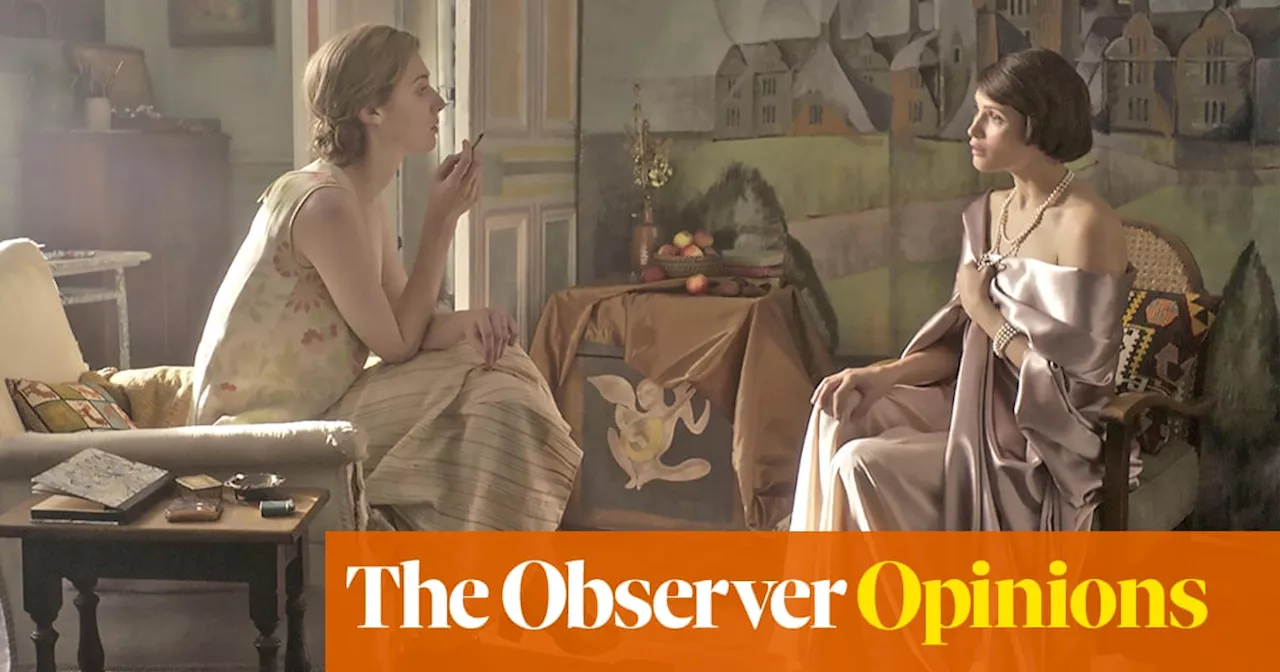As a fascinating film rating survey shows, what is deemed taboo simply shifts with different mores
Elizabeth Debicki, left, as Virginia Woolf and Gemma Arterton as Vita Sackville-West in the 2018 film Vita & Virginia, in which a long sex scene would now have it reclassified from a 12A to a 15.Elizabeth Debicki, left, as Virginia Woolf and Gemma Arterton as Vita Sackville-West in the 2018 film Vita & Virginia, in which a long sex scene would now have it reclassified from a 12A to a 15.would today be slapped with a higher age rating: modern audiences fret about the violence.
These findings are a small but sturdy challenge to a tale we have been telling for a decade: that we live in ever more censorious times. Young people, and parents, a well-established narrative runs, are growing increasingly fearful of corrupting influences and views with which they disagree. But we forget that the opposite is also true. Society is simultaneously becoming more tolerant of other types of speech: swearing, for example, and non-violent references to sex.
In the 1950s, new moral quandaries arose as panic over a group then known as 'juvenile delinquents' delayed films about biker gangsfor deleting scenes from films.
This is a subtlety that tends to escape today’s so-called free speech warriors, a group that reaches into government, which focuses on new restrictions to punching down, and tends to see fewer problems with rules that might prevent people punching up.
